 Skoda Superb has been the most desirable car in the ‘D’ segment… until the 2011 Volkswagen Passat decided to up the ante
Skoda Superb has been the most desirable car in the ‘D’ segment… until the 2011 Volkswagen Passat decided to up the ante
Story: Sarmad Kadiri
Photography: Sanjay Raikar
Let me introduce you to the two colossus’ in this bout. On one side is the most formidable saloon of the ‘D’ segment of cars, pride of Czechoslovakia – the Skoda Superb 2.0 TDI CR. And on the other is the oven-hot 2011 version of the uncompromising Volkswagen Passat 2.0 TDI, the latest example of fine German engineering.

 External appeal
External appeal
Although the Passat was introduced in India in 2007, the new Passat is in its seventh generation internationally. Even at a glance the saloon resonates the VW design philosophy. Though based on the same platform as the out-going model, the company claims that every panel in the 2011 Passat is new. The front design looks sharper now and is more appealing, especially the stylish headlights. They light up using Bi-Xenon lamps and are equipped with LED running lights that convey a fresh contemporary look. The chrome louvres of the radiator grille and front air intake with chrome trimmed surround lend elegance to the front design. The sleek Barcelona alloy wheels look ravishing and are inspired by aeroplane’s propellers. Like most VW designs, the Passat also has a prominent shoulder line that runs from front to back. However, the rear styling is too understated and leaves me desiring for more. This resembles its elder sibling – the VW Phaeton, even more.
Coming to the Superb now, it carries forth the Skoda design heritage yet manages to look distinct due to its wide piercing headlights. The chrome radiator grille and chrome smile around the lower air dam make it unmistakably Skoda. There are a few more chrome blings, like on the side of the doors and on the window frames which highlight the design. The rear design looks more engaging, with the polished dual exhausts that hint at the sporty motor. The tail-lights continue over the boot-lid which proudly holds the Skoda emblem with ‘Superb’ written below it, and the chrome stroke on the lower edge of the boot-lid makes a solid statement. The dimensions of the Superb are visibly larger than the Passat as the specs show that the Skoda is 69mm longer and has a 50-mm longer wheelbase. Which translates into good interior space and legroom. Having said that, the length of the Superb is a double-edged sword and we’ll explain that a little later. Now let’s get in the cars and check them out.

 Interior styling and comfort
Interior styling and comfort
The Superb cabin has plush beige interiors, the seats have the right contours and are wrapped in fine leather. The elegant dual-coloured dashboard is complimented by a dash of technology with a centrally mounted touch screen control system. There are a host of other uses of technology and safety aids like eight airbags, adaptive front xenon lamps, ABS with EBD, and traction control with anti-slip regulation. The Superb is also equipped with an electronic differential lock to enhance grip in tricky road conditions, hill hold control, tyre pressure monitoring and an optical Parktronic system.
But when it comes to new age technologies, it is no surprise that the newer Passat is fully loaded. Besides the run-of-the mill equipments, the VW has 12-way electric front seats which have AC vents to keep every part of your body cool. Then you get electric exterior mirrors which are adjustable, foldable, heated and with auto-dimming on the driver’s side, albeit, with memory. A brilliant Park Assist is guided by sensors and a rear-view camera is concealed in the VW logo. A button on the centre console engages the system and then the Passat does the rest. It can select a suitable parking slot, while driving below 40kmph; all that the driver needs to do is to modulate the speed and follow the instructions on the instrument’s console while the car automatically steers itself into the slot.
The other interesting feature seen on the Passat is the brake energy recuperation. Every time the car brakes, kinetic energy is converted into electricity and this recharges the battery. Then there is the drowsiness monitor, that senses if the driver’s response is getting ragged due to fatigue and warns him/her about it. Another one that needs a mention is the city emergency braking system that protects the car from collisions (only with metallic objects) if the speed is below 30kmph.
The list is endless and the new Passat is so feature rich that it doesn’t just look like a mini- Phaeton, it is also feature-rich like the bigger VW. It goes without saying that the quality of the material used like the fine nappa leather, soft touch plastics, buttons and switches are just top notch.

 Performance and driveablity
Performance and driveablity
There is a lot in common between the two sedans. Obviously they compete in the same segment and aim at similar buyers but they also come under the VW umbrella. More importantly both the models sport the same 2.0 TDI. In the Skoda the 1968cc, 4-cylinder diesel engine churns out 140PS of power and 320Nm of max torque; whereas in the Passat using newer technologies and a different state of tune the same motor manages to whip out 170PS and a strong 350Nm of torque.
But what makes the new Passat special are a bunch of BlueMotion technologies – take for instance the fuel saving Start-Stop. Whenever you stop at a traffic signal and you take your foot off the accelerator, the engine automatically turns off. Then when you depress the accelerator again the engine restarts by itself. The Superb and the Passat sport the intelligent six-speed DSG transmissions, optimised for longer ratios with early upshifts and delayed downshifts that help in increasing the efficiency.

 On the move, the two cars truly reflect the precision of European engineering. One has to drive them to understand how the engineers have managed to make the engine, transmission, steering and suspension work together to create a motoring symphony. Each aspect compliments the other. The Superb might be a couple of years older to the Passat and has less power and torque figures but the Skoda is no slouch. Any good turbo diesel motor should get the torque to play in early, delivered in a linear fashion. This is precisely what the Skoda’s 2.0 TDI is designed to do. Its 320Nm kicks in from as low as 1,750rpm and the DSG auto gearbox makes sure that there is no spike in the power flow. The soft touch three-spoke steering wheel rewards enthusiastic driving with a fair degree of steering feedback. The ride quality of the Skoda using the aptly tuned McPherson suspension with the multi-element axle is good. This results in decent body control, but like we mentioned earlier, the long wheelbase does hamper its composure a bit if you decide to push the car at very high speeds. Talking about speed, the Superb does a respectable 0-100kmph in 10.92sec; and also returns a decent 11.5kmpl.
On the move, the two cars truly reflect the precision of European engineering. One has to drive them to understand how the engineers have managed to make the engine, transmission, steering and suspension work together to create a motoring symphony. Each aspect compliments the other. The Superb might be a couple of years older to the Passat and has less power and torque figures but the Skoda is no slouch. Any good turbo diesel motor should get the torque to play in early, delivered in a linear fashion. This is precisely what the Skoda’s 2.0 TDI is designed to do. Its 320Nm kicks in from as low as 1,750rpm and the DSG auto gearbox makes sure that there is no spike in the power flow. The soft touch three-spoke steering wheel rewards enthusiastic driving with a fair degree of steering feedback. The ride quality of the Skoda using the aptly tuned McPherson suspension with the multi-element axle is good. This results in decent body control, but like we mentioned earlier, the long wheelbase does hamper its composure a bit if you decide to push the car at very high speeds. Talking about speed, the Superb does a respectable 0-100kmph in 10.92sec; and also returns a decent 11.5kmpl.

 The previous generation Passat was pretty good to drive and the latest version lives up to that expectation. The new car is quieter, smoother, and at the same time the engine is peppier. The cabin is remarkably hush and the effort put in by the engineers to reduce the NVH using special glass is evident. The 2-litre TDI engine in the Passat produces 30 units more of power and torque than the Superb, which is visible in the performance test where the VW out performs the Skoda in the 0-100kmph run by over a second, while returning a better average fuel economy figure of 12.5kmpl. Moreover, the chunky 350Nm of torque gives the Passat amazing driveability even at low rpms. The new Passat has McPherson struts with lower wishbone and anti-roll bar at the front and a four-link suspension with an anti-roll bar at the rear, which irons out road irregularities. The VW runs on 215/55 Rl6 tyres which are of a higher profile when compared to the Superb’s 205/55 R16. This further assists the Passat’s ride quality which is more comfortable (in the Comfort mode) and sharper (in the Sports mode) than the Superb. The Passat is unshakeable on the road.
The previous generation Passat was pretty good to drive and the latest version lives up to that expectation. The new car is quieter, smoother, and at the same time the engine is peppier. The cabin is remarkably hush and the effort put in by the engineers to reduce the NVH using special glass is evident. The 2-litre TDI engine in the Passat produces 30 units more of power and torque than the Superb, which is visible in the performance test where the VW out performs the Skoda in the 0-100kmph run by over a second, while returning a better average fuel economy figure of 12.5kmpl. Moreover, the chunky 350Nm of torque gives the Passat amazing driveability even at low rpms. The new Passat has McPherson struts with lower wishbone and anti-roll bar at the front and a four-link suspension with an anti-roll bar at the rear, which irons out road irregularities. The VW runs on 215/55 Rl6 tyres which are of a higher profile when compared to the Superb’s 205/55 R16. This further assists the Passat’s ride quality which is more comfortable (in the Comfort mode) and sharper (in the Sports mode) than the Superb. The Passat is unshakeable on the road.
The combination of a luxurious cabin, powerful motor and fast-shifting transmission make it a perfect companion on the streets and on highways.

 Verdict
Verdict
The Passat being a newer car has more features than the Superb, but these come with a price. We got the Passat Highline for testing and it has tons of futuristic features like Auto Park Assist, rear-view camera, 12-way electrically adjustable front seats with AC etc. and costs close to Rs 4 lakh more than the Skoda. The Volkswagen is better to drive, has great ride quality and better after-sales and service than Skoda. This would be my pick if I used a chauffeur driven car and yet liked to drive it regularly.
The features on the Superb 2.0 TDI with a price tag of Rs 26.02 lakh (OTR Pune) and the Passat Comfortline, at Rs 27.66 lakh, are almost on par. The only major difference is that the Passat sports the efficient BlueMotion technologies that’ll take you an extra kilometre per litre of diesel. The Superb, thanks to its length and long wheelbase, has excellent rear comfort and legroom that can give a premium limo a run for their money. This is a very big advantage in our country, as most people rely on chauffeur driven cars, while affluent owners occupy the rear seats the majority of the time. Reason enough for all luxury car-makers to only introduce the long wheelbased models in India. In totality, the Superb looks good, has sufficient features and is definitely an accomplished driver’s car that also doubles up as a spacious family saloon. So, if you completely rely on your chauffeur to take you around town then look no further.



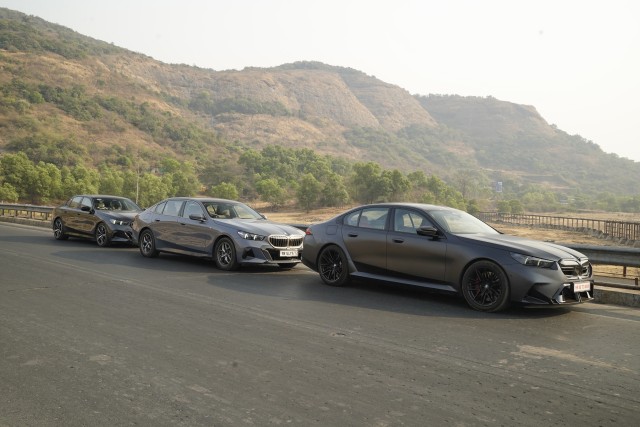
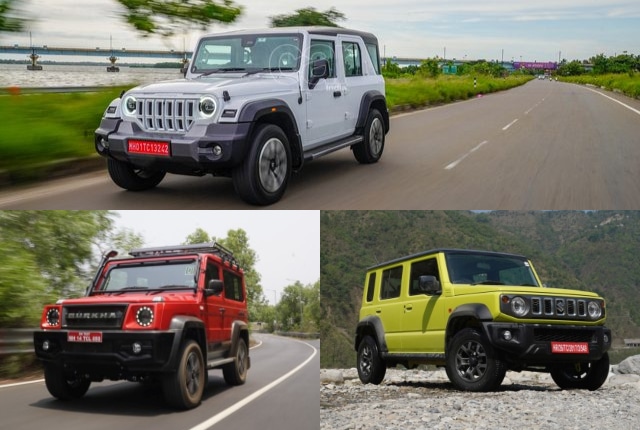
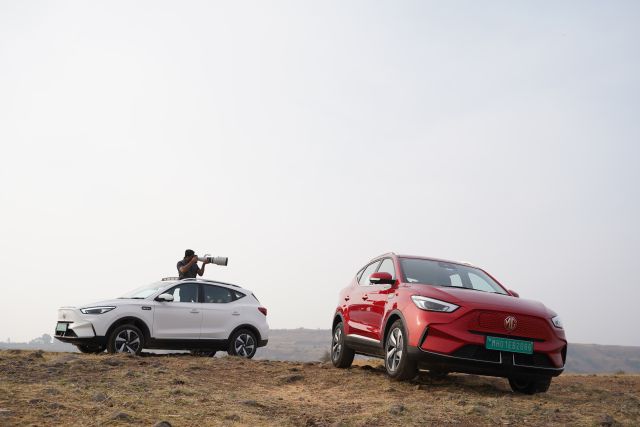
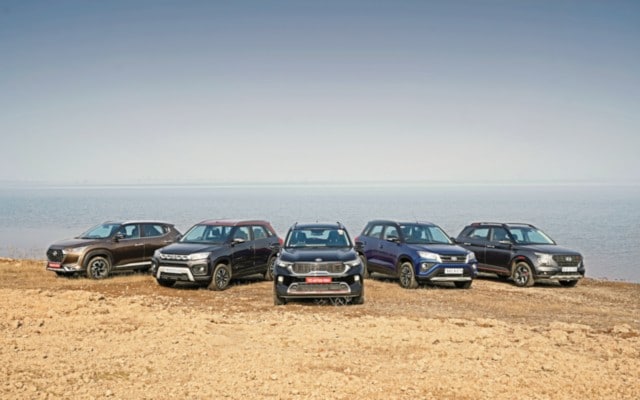
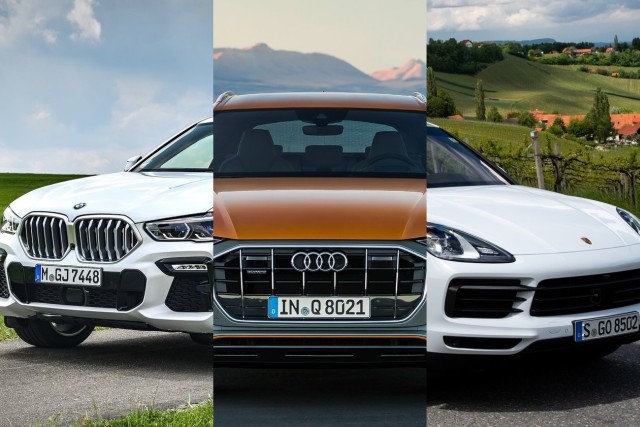
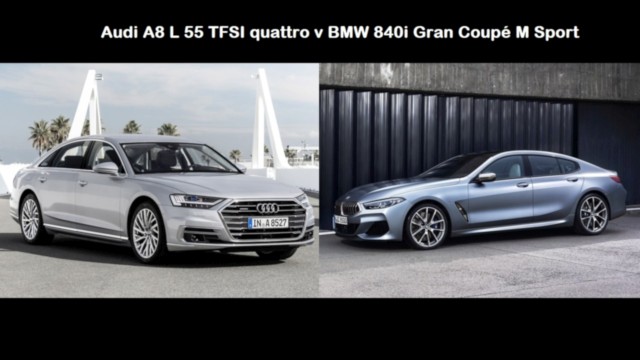
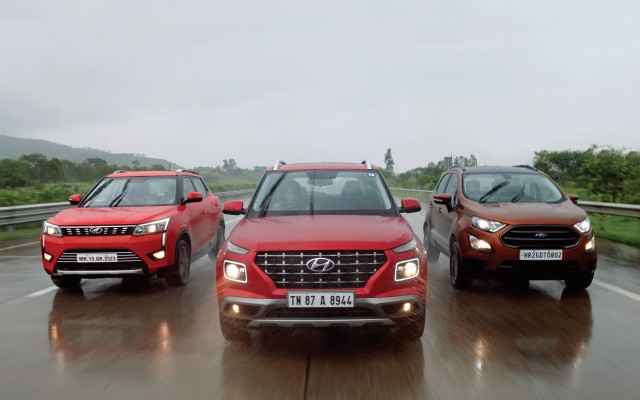
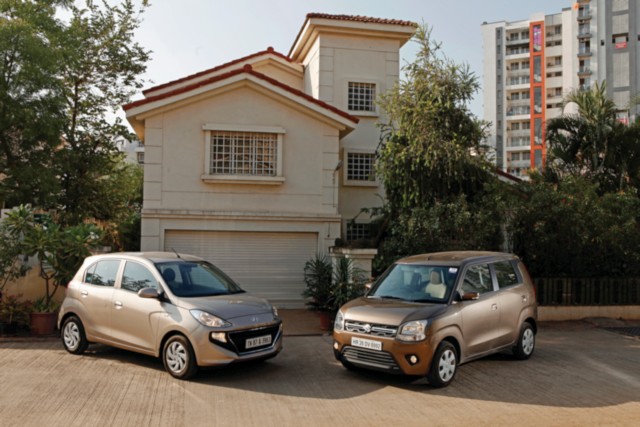
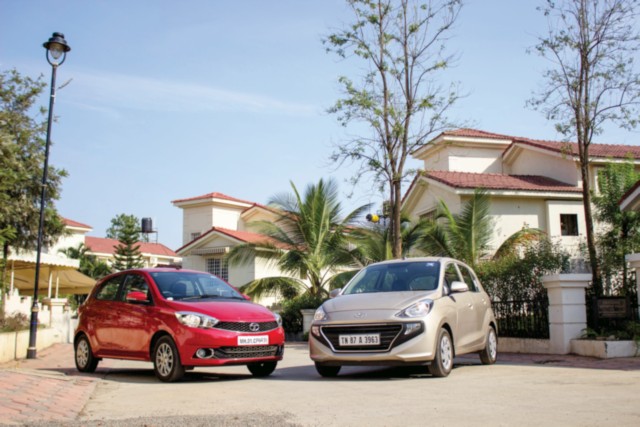
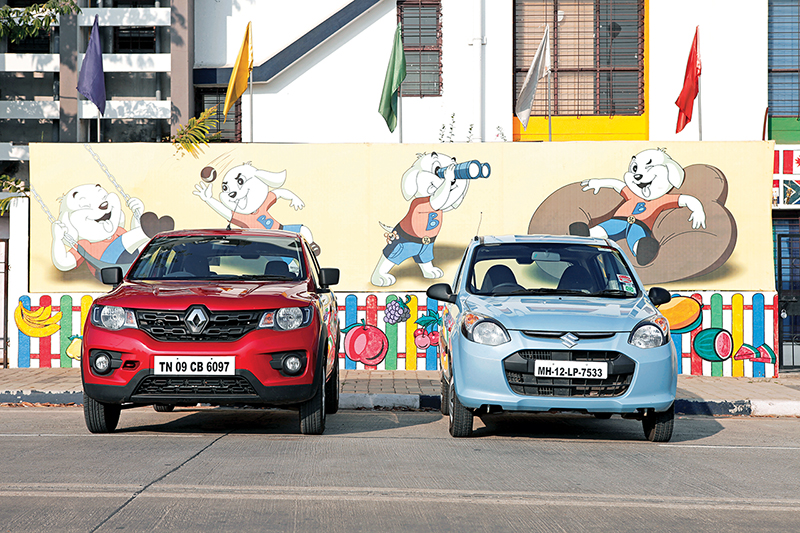
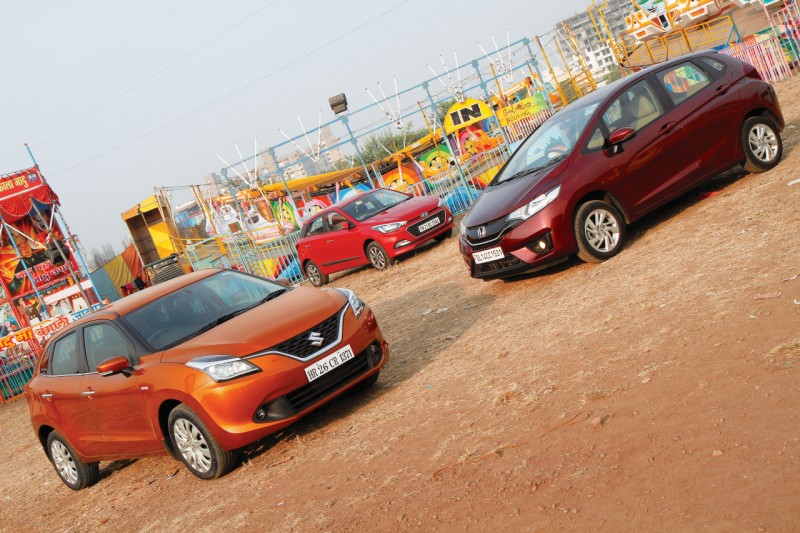
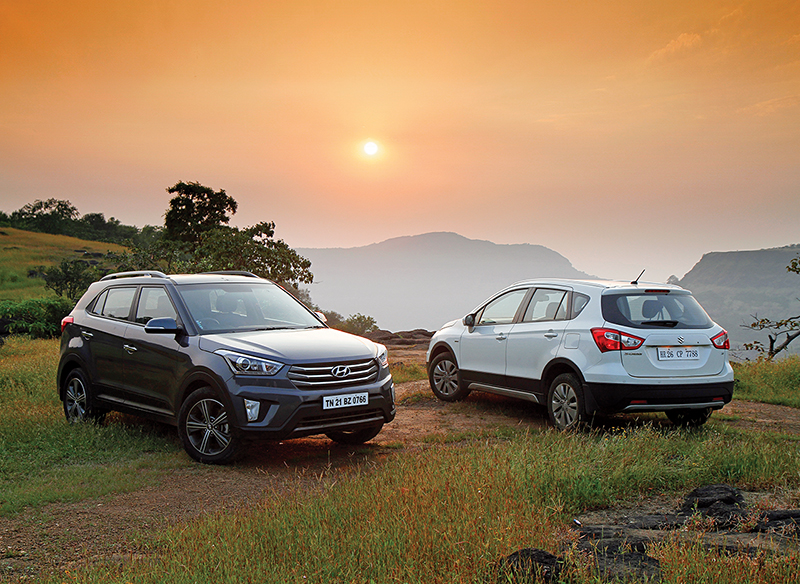
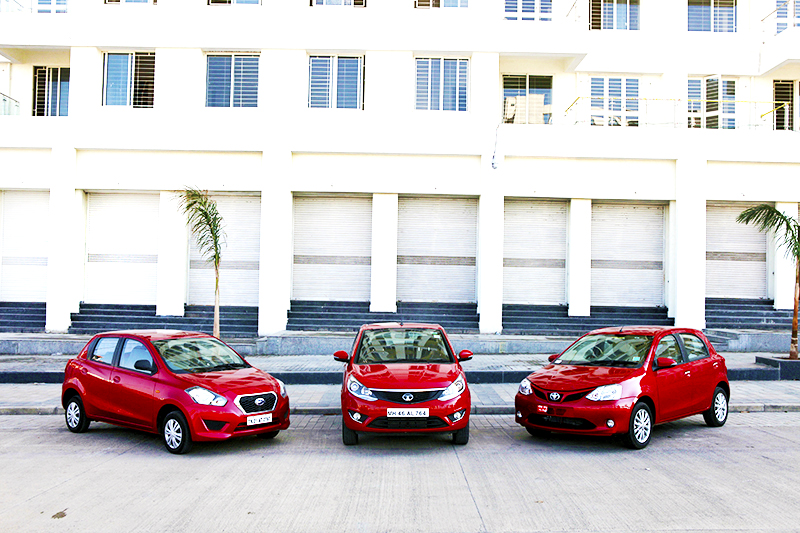
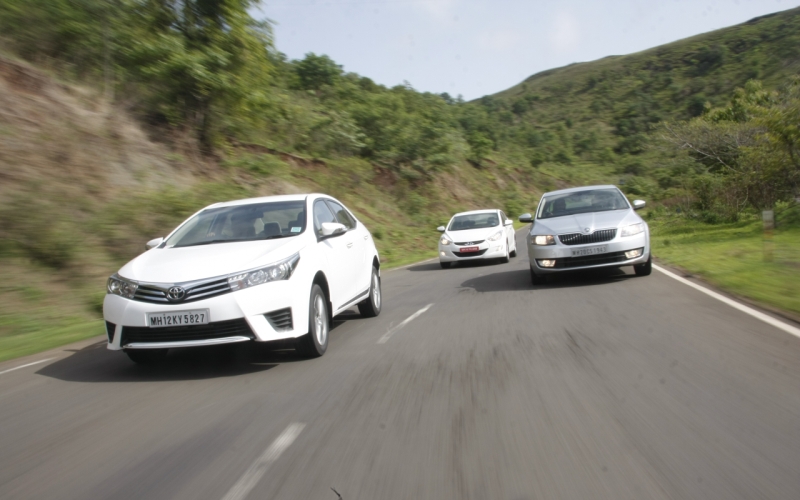
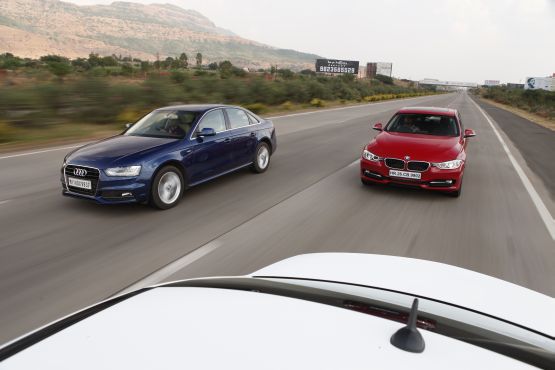




Leave a Reply